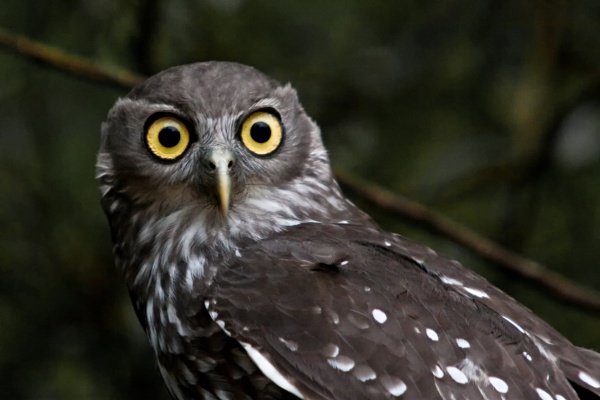Facts About Barking owl
The barking owl, also known as the winking owl, is a medium-sized brown owl indigenous to mainland Australia, Papua New Guinea, and the Moluccas. What distinguishes this owl is its distinctive vocalization, which can resemble the bark of a dog or even a high-pitched human scream. There are four subspecies of the barking owl, first described by John Latham in 1801. These owls are visually striking, with brown feathers adorned with white spots on their wings and a chest marked by vertical streaks. Notably, males are slightly larger than females, a phenomenon known as sexual dimorphism.
Barking owls prefer habitats such as forests, woodlands, and areas near waterways in Australia and parts of Papua New Guinea. They are not selective eaters and have a diverse diet that includes mammals, birds, insects, and other small animals. Their breeding season spans from July to October, with females responsible for incubating the eggs for approximately 36 days. One of the most fascinating aspects of these owls is their loud and distinctive calls, which range from barking sounds to growls, howls, and screams.
The conservation status of the barking owl varies depending on the region. In some areas, they are considered vulnerable or endangered due to threats such as habitat loss.
In Australian mythology, the barking owl's eerie calls were often associated with the bunyip, a legendary creature from Indigenous Australian folklore. It was once believed that the owl's nocturnal cries were the source of the bunyip's mysterious noises, adding an extra layer of intrigue to this already captivating bird.
The barking owl's habitat, behaviors, and conservation status highlight its significance in both the ecosystem and cultural narratives.
